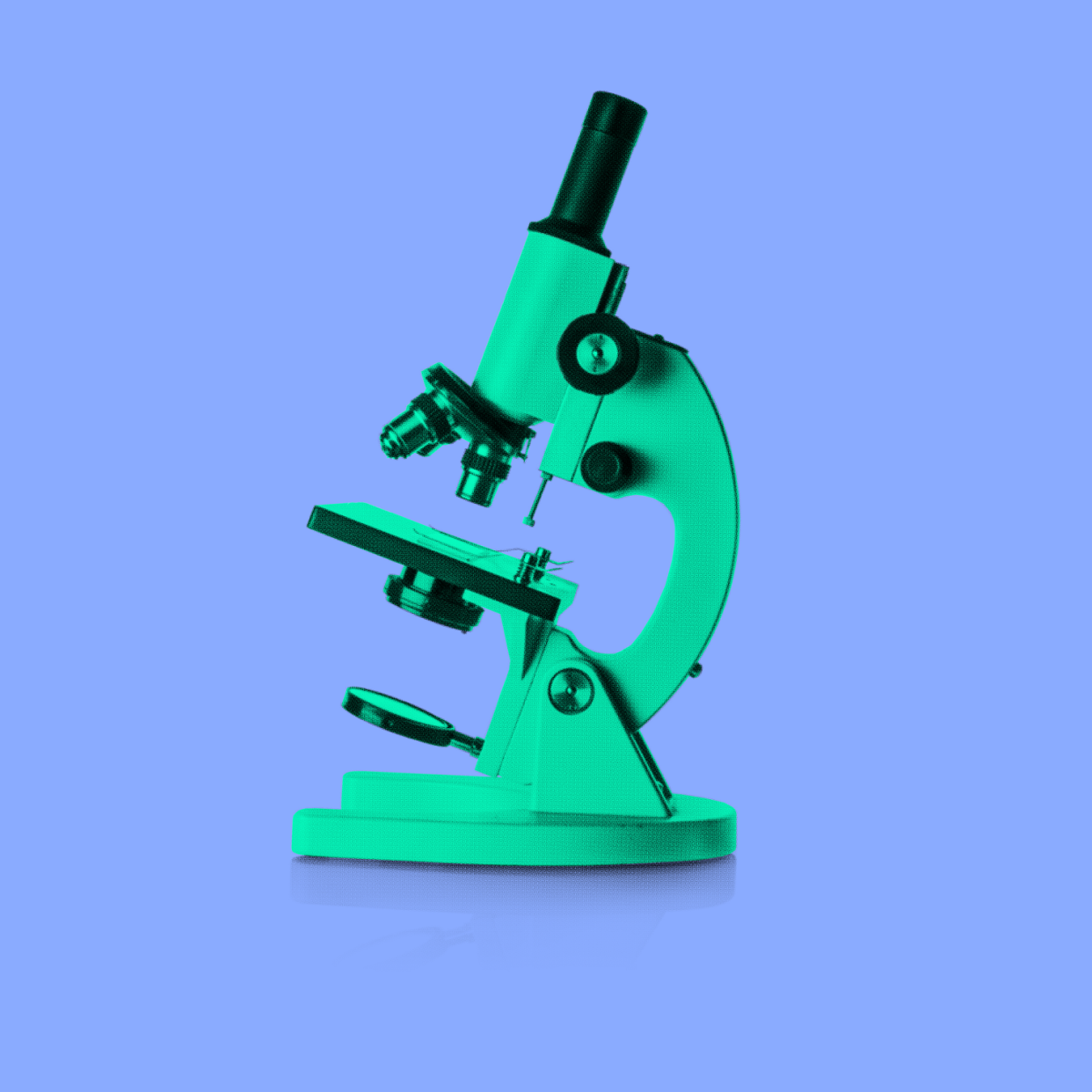Scientists say they've discovered a new organ, and it's the biggest in your body

A new study this week in Scientific Reports isn’t just revising the way we think about our bodies — it’s shaking the very foundation of human anatomy. In it, scientists suggest that we’ve overlooked the largest organ we possess: the “interstitium,” a complex web of interconnected tissues, just below the skin, that contain fluid-filled sacs that are constantly weaving around organs, veins, and arteries.
If you’re confused by this explanation, you’re not alone. Much of the scientific world is baffled by the discovery — so much so that eight scientific journals (according to the Daily Beast) turned down the story before Scientific Reports decided to run it. So, as doctors, scientists, and engineers begin to grapple with what the interstitium means for the future of medicine, here’s a breakdown of what you need to know.
What is the interstitium?
The interstitium is located in the space between our organs, the tissues just below skin level that we can’t see. Scientists once considered this region to be simply dense tissue that held our organs together but did little else. What they’ve discovered now is that this space isn’t just flat tissue, but an intricate meshwork of tissue (made of collagen and protein) that houses sacs carrying important fluid.
Who discovered it and how?
According to an in-depth report from Daily Beast reporter Tanya Basu, the discovery was made after two endoscopists, Dr. David Carr-Locke (Weill Cornell Medicine) and Dr. Petros Benias (Northwell Health), approached Dr. Neil Theise, a professor in the Department of Pathology at New York University, with a question about “oddly shaped bright spaces” that they noticed on a slide of tissue. Carr-Locke and Benias had a simple question: “What is that?”
The three tested to see if the sacs were blood vessels or collagen sacs, but found they were neither. They asked other doctors, researchers, and scientists, but no one could explain what these mysterious sacs were. As they continued to search for an answer, they began collecting more and more slides of live tissue, and made an incredible discovery: The fluid-filled sacs were everywhere. Once the three uncovered how vast this structure was, they knew they’d found something major, and set out to define its purpose.
How had scientists missed this?
According to an explanation from New York University’s Langone Hospital (from which the lead researcher Theise hails), the process of studying tissues led to the oversight. “Scientists prepare tissue … by treating it with chemicals, slicing it thinly, and [dyeing] it to highlight key features,” writes NYU. “The ‘fixing’ process makes vivid details of cells and structures, but drains away any fluid.” So when scientists have looked at images of tissues up until now, they’ve looked at tissues without the fluid — which forms an integral part of the interstitium, and reveals its complex web. Removing the fluid caused the sacs to pancake, they write, “like the floors of a collapsed building.” When they took images with the fluid intact, they were able to locate the complex mesh framework that surrounds it.
Why is it considered an organ?
According to Encyclopedia Britannica, an organ is defined as “a group of tissues in a living organism that have been adapted to perform a specific function.” One of the main functions of the interstitium, scientists believe, is to act as a “shock absorber” for our other organs by weaving in, out, and around them. This prevents tissues from tearing, allows vessels to pump, and ensures muscles can expand.
Because the connective tissue houses fluid-filled sacs, it’s constantly shifting shape, allowing us to absorb (and sustain) pressure. On top of this, the interstitium appears to be in communication with our lymphatic system, which is responsible for distributing immune cells. This means that it helps carry immune cells through the body but also can act as a pathway for disease.
Why is this such a big deal?
Based on this study, the interstitium makes up 20 percent of the human body, meaning it’s officially the largest organ we have (skin, the closest, makes up 16 percent). Previously believed to be stagnant tissue, the concept that this is actually a major organ performing complex functions opens up millions of possibilities for things that it could explain. It may explain why acupuncture is so effective, as Theise theorized to the Daily Beast, or how inflammation spreads through the body.
But that’s just the beginning of insights that it may provide. “The finding that this layer is a highway of moving fluid may explain why cancer that invades it becomes much more likely to spread. Draining into the lymphatic system, the newfound network is the source of lymph, the fluid vital to the functioning of immune cells that generate inflammation,” NYU writes. “Furthermore, the cells that reside in the space, and collagen bundles they line, change with age, and may contribute to the wrinkling of skin, the stiffening of limbs, and the progression of fibrotic, sclerotic, and inflammatory diseases.”
***
For his part, Theise is excited about the future. “This fixation artifact of collapse has made a fluid-filled tissue type throughout the body appear solid in biopsy slides for decades,” he said in a statement. “This finding has potential to drive dramatic advances in medicine, including the possibility that the direct sampling of interstitial fluid may become a powerful diagnostic tool.”
Read more from Yahoo Lifestyle:
Ann Romney on MS: ‘I know what it’s like to have no hope. I am going to give people hope’
Paralympian with cerebral palsy asked by airline staff to ‘prove disability’
Follow us on Instagram, Facebook, and Twitter for nonstop inspiration delivered fresh to your feed, every day.
